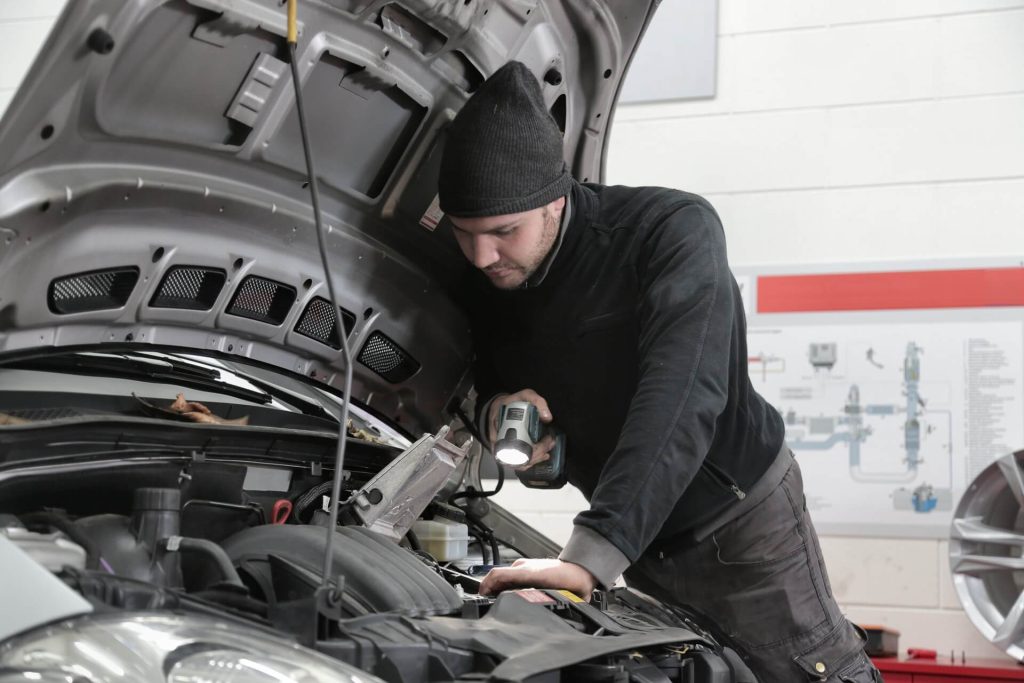Guide to Car Accident Repair: Step-by-Step Process
When your vehicle is damaged in an accident, restoring it to its original condition requires a structured repair process. Understanding each step can help ensure a smooth and hassle-free experience. This guide outlines the essential stages of auto collision repair, from initial assessment to post-repair follow-up.
1. Initial Damage Assessment
The first step after an accident is to evaluate the extent of the damage.
Conduct a visual inspection to identify obvious damages.
Take detailed photographs of all affected areas.
Gather essential information, such as police reports, insurance details, and witness statements.
2. Contacting Your Insurance Company
Promptly notifying your insurer helps streamline the claims process.
Report the accident to your insurance provider.
Submit all necessary documentation, including accident reports and photos.
Obtain a claim number for tracking your case.
3. Selecting the Right Auto Repair Shop
Choosing a reputable repair facility is crucial for high-quality repairs.
Research local auto body shops with strong reputations and positive reviews.
Consider recommendations from friends, family, or trusted sources.
Be cautious when selecting an insurance-preferred shop, as they may have cost-cutting agreements that impact repair quality.
Opt for a repair center that offers both bodywork and mechanical services in one location for convenience.
4. Detailed Vehicle Inspection
Once at the repair shop, your vehicle will undergo a thorough evaluation.
Schedule an appointment for an in-depth assessment.
A trained technician will inspect structural and mechanical components.
Receive a comprehensive repair estimate, including labor and parts costs.
If satisfied with the shop’s capabilities, leave your vehicle with them to handle the entire process.
5. Insurance Approval and Parts Ordering
Once the estimate is completed, the next step is obtaining authorization for repairs.
Submit the estimate to your insurance company for approval.
If the vehicle is already at the repair shop, they will manage communication with the insurer.
After receiving approval, the shop orders required replacement parts.
6. Collision Repair and Restoration Process
The repair process begins once parts arrive and insurance approvals are finalized.
The repair team will conduct structural and cosmetic bodywork.
The vehicle may undergo frame straightening, dent repair, and repainting.
Mechanical components, such as suspension and engine parts, will be restored if damaged.
Throughout the process, maintain communication with the shop for status updates.
7. Quality Control and Safety Inspection
Once repairs are completed, a thorough quality check ensures the vehicle meets safety and performance standards.
The repair shop conducts a final quality assessment.
Technicians check for proper alignment, paint matching, and mechanical functionality.
A test drive may be performed to ensure all repairs are effective.
8. Final Inspection and Vehicle Pickup
Before taking your car home, conduct a detailed review of the repairs.
Schedule a final walkthrough with the repair shop.
Inspect the repaired areas to ensure they meet expectations.
Pay any deductibles or outstanding charges.
Collect warranty documentation for the repairs performed.
9. Post-Repair Monitoring and Follow-Up
Even after your vehicle is back on the road, it’s essential to remain vigilant for any issues.
Retain all repair documents for future reference.
Monitor your vehicle’s performance, including unusual noises or alignment issues.
Contact the repair shop immediately if any problems arise post-repair.
Conclusion
Navigating the car accident repair process can be complex, but following these steps ensures a seamless experience. Choosing a trustworthy repair shop, maintaining communication with your insurer, and staying involved in the process will help restore your vehicle to its pre-accident condition with confidence. Prioritizing high-quality repairs ensures safety, longevity, and optimal performance for your car.

